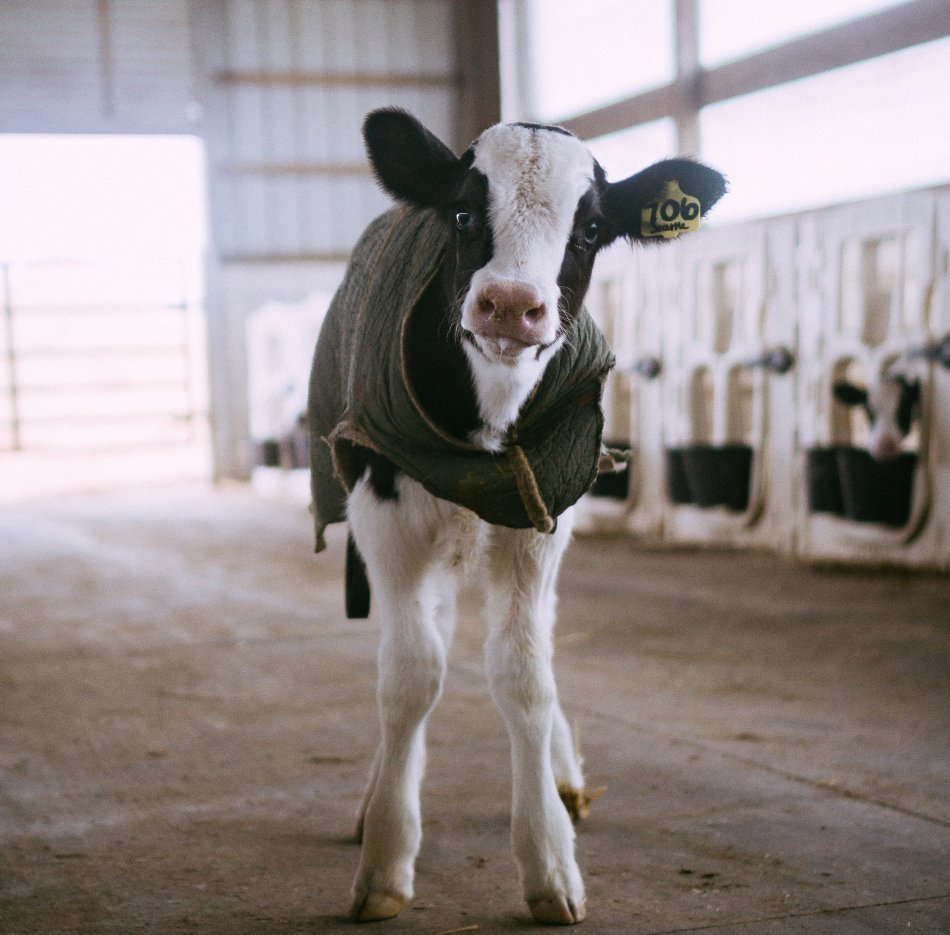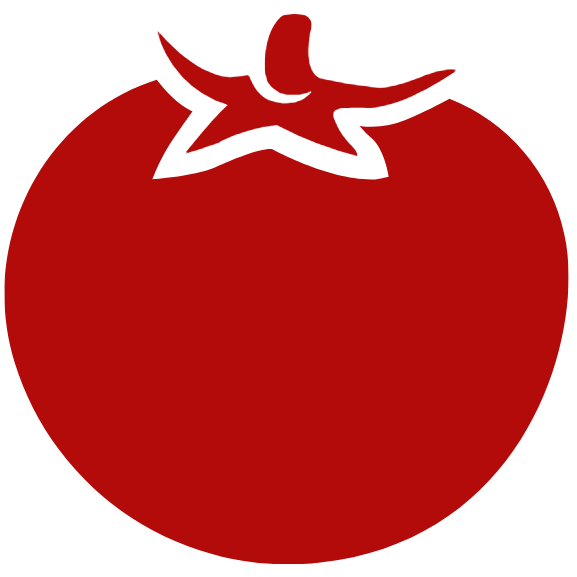But where do you get your protein and calcium?
When someone finds out you are a vegetarian or vegan they will often ask this kind of question. It is conventional wisdom that protein comes from meat and calcium comes from dairy. The dairy industry spends over one billion dollars annually on advertising to convince the public of the healthfulness of milk and that it is the major source of calcium without which we would have weak bones.1
Do cows, gorillas, and buffalo have weak bones? Where do they get their calcium? They eat grass and other plants. They do not get their calcium from suckling on another species. In fact, when you think about it, it is strange for people to nurse off another animal. How about some milk from your dog or cat?
Milk does not make healthy bones.
Research shows that milk does not make healthy bones and may even weaken them. A good indicator of bone health around the world is the number of hip fractures related to how much milk is drunk. In countries in Asia where few people drink milk there are few hip fractures while the number dramatically increases in the United States and Europe where dairy consumption is high.2 Milk is acidic and when consumed the body seeks to neutralize the acid by taking base calcium from the bones. Contrary to the advertising message, milk actually makes bones weaker.3
Milk can make you sick.
A summary of research projects analyzing milk showed that drinking milk can lead to prostate cancer, the most prevalent cancer in men. It was unclear as to whether drinking milk was related to breast cancer, the most prevalent cancer in women, but it is a possibility.4 There is an association between drinking milk and cancer because the hormones in milk are meant to quickly raise a calf to a large cow and these hormones can cause rapid cell growth like cancer in humans.5
If you have believed the dairy industry that milk is healthy, in view of the above you might reconsider and substitute non-dairy milk made from almonds or soy.
Advertising spending in the dairy products industry in the United States from 2010 to 2017. Statista. http://www.statista.com/statistics/470429/dairy-products-industry-ad-spend-usa. Accessed February 1, 2018.
Abelow B. Holford T, Insogna K. Cross-cultural association between dietary animal protein and hip fracture: a hypothesis. Calcif Tissue Int. 1992;333(7572):763-64.
Frassetto L. Worldwide incidence of hip fracture in elderly women: relation to consumption of animal and vegetable foods. J Gerontol A Biol Sci Med Sci. 2000;55(10):M585-92.
Alvarez-Leon E, Roman-Vinas B, Serra-Majem L. Dairy products and health: a review of the epidemiological evidence. Brit J Nutr. 2006;96, Suppl. 1:S94-S99.
Ludwig D, Willett W. Three daily servings of reduced-fat milk: an evidence-based recommendation? JAMA Pediatr. 2013;167(9):788-9.


